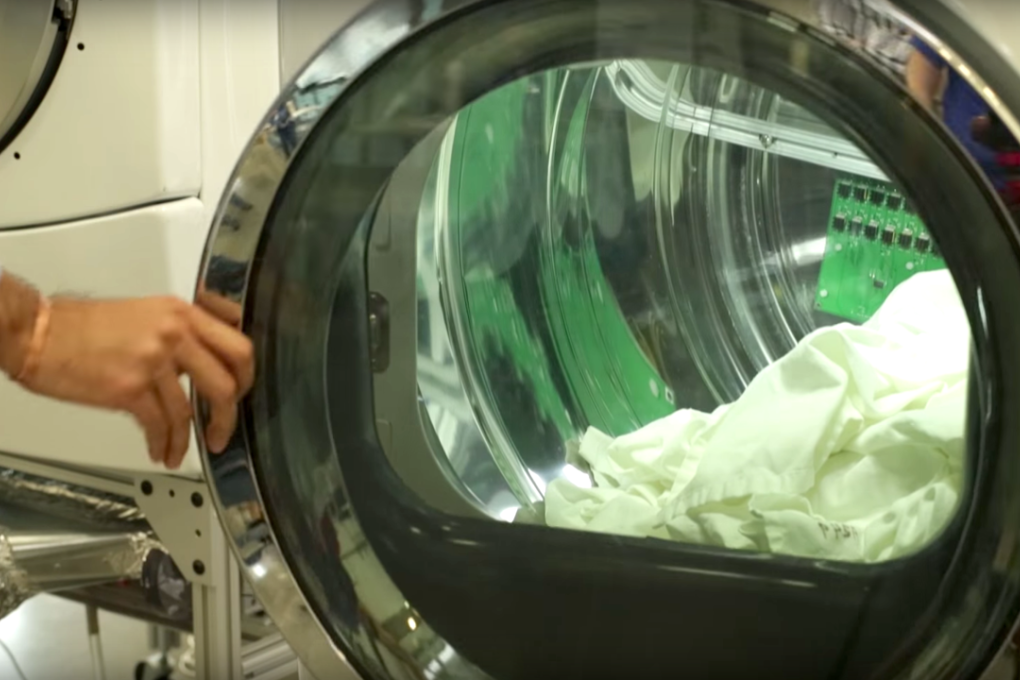Scientists have invented a dryer that can dry clothes in half the time without heat
The ultrasonic dryer is expected to be up to five times more energy efficient than most conventional dryers

By Leanna Garfield
Waiting an hour for your clothes to dry can feel tedious.
But scientists at Oak Ridge National Laboratory in Tennessee, the United States, have developed a dryer that could make doing laundry much quicker. Called the ultrasonic dryer, it’s expected to be up to five times more energy efficient than most conventional dryers and able dry a large load of clothes in about half the time.
Instead of using heat the way most dryers do, the ultrasonic dryer relies on high-frequency vibrations. Devices called green transducers convert electricity into vibrations, shaking the water from clothes. The scientists say that this method will allow a medium load of laundry to dry in 20 minutes, which is significantly less time than the average 50 minutes it takes in many heat-based machines.
Americans spend a total of US$9 billion each year — up to four per cent of America’s total residential energy use — on electricity to power dryers. If the ultrasonic dryer becomes commercially available, it could therefore save energy and money.
The drying technology also leaves less lint behind than normal dryers do, since the majority of lint is created when the hot air stream blows tiny fibres off of clothing. Drying clothes without heat also reduces the chance that their colours will fade.